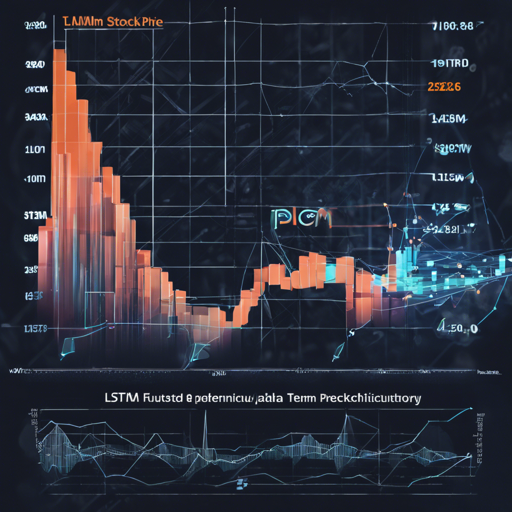Welcome to the fascinating world of stock price prediction! In this article, we will guide you through the essential steps to develop a model that can forecast stock prices using machine learning, specifically focusing on Long Short Term Memory (LSTM) neural networks. Let’s dive in!
Project Overview
This project is part of the sixth and final capstone project in the Udacity Machine Learning Nano Degree Program. The goal is to predict stock prices based on historical data, which investment firms and hedge funds have been doing for years. With the amount of information available today, using machine learning algorithms is a smarter way to analyze market behavior and help investors make informed decisions.
Can We Predict Stock Prices?
The stock market is notoriously unpredictable, and many believe stock prices fluctuate randomly. However, many top firms still invest in quantitative analysts to develop predictive models. Why? Because these models leverage past data and trends to make educated projections.
Building the LSTM Model
In this project, we will utilize LSTM neural networks to effectively predict stock prices. But before we get into the coding, let’s explore what LSTM is.
The Analogy of LSTM
Think of LSTM as a financial oracle. Just like a wise sage who can recall past experiences and use them to foresee future events, LSTM networks are designed to remember crucial information over a period of time. They utilize a special memory cell that allows them to keep track and learn from sequential data, making them perfect for stock price predictions.
Steps to Create the Model
- Collect Historical Data: Gather historical stock prices and trading volumes.
- Data Preprocessing: Clean the data and structure it for input into the LSTM model.
- Model Training: Using Keras, set up and train your LSTM model on the historical data.
- Performance Evaluation: Assess the model’s performance using metrics like Mean Squared Error.
- Visualization: Visualize the predicted prices against the actual prices.
Achievements
In this project, you will aim to create a model that accurately predicts the future closing price of stocks. The expected results include:
- A model that uses LSTMs to predict stock prices based on historical data.
- A remarkable Mean Squared Error rating of just 0.00093063, showcasing the model’s precision.
Software and Libraries Required
Before you start, ensure you have the following software and libraries installed:
Troubleshooting
While building the model, you may encounter some challenges. Here are some common issues and solutions:
- Data Issues: Ensure that your historical data is clean and well-structured. Missing or inaccurate values can lead to poor model performance.
- Model Training Problems: If your model isn’t training properly, consider tweaking hyperparameters like learning rate, batch size, and the number of epochs.
- Overfitting: If your model performs well on training data but poorly on validation data, you might be facing overfitting. Try using dropout layers or regularization techniques.
For more insights, updates, or to collaborate on AI development projects, stay connected with fxis.ai.
Conclusion
By following this guide and implementing the steps described, you will have a robust LSTM model capable of predicting stock prices. Congratulations on embarking on this exciting journey in the realm of stock market analysis!
At fxis.ai, we believe that such advancements are crucial for the future of AI, as they enable more comprehensive and effective solutions. Our team is continually exploring new methodologies to push the envelope in artificial intelligence, ensuring that our clients benefit from the latest technological innovations.

